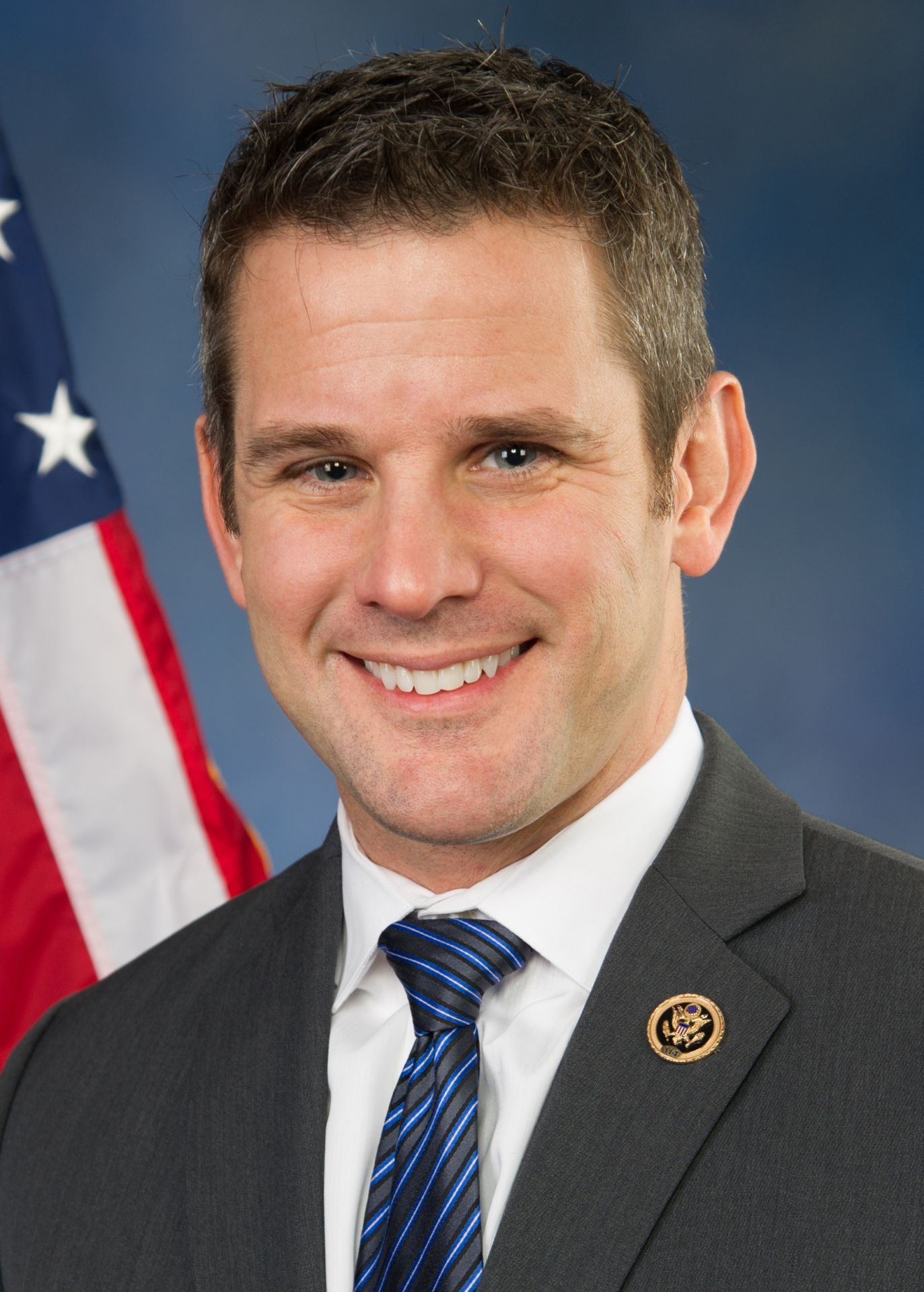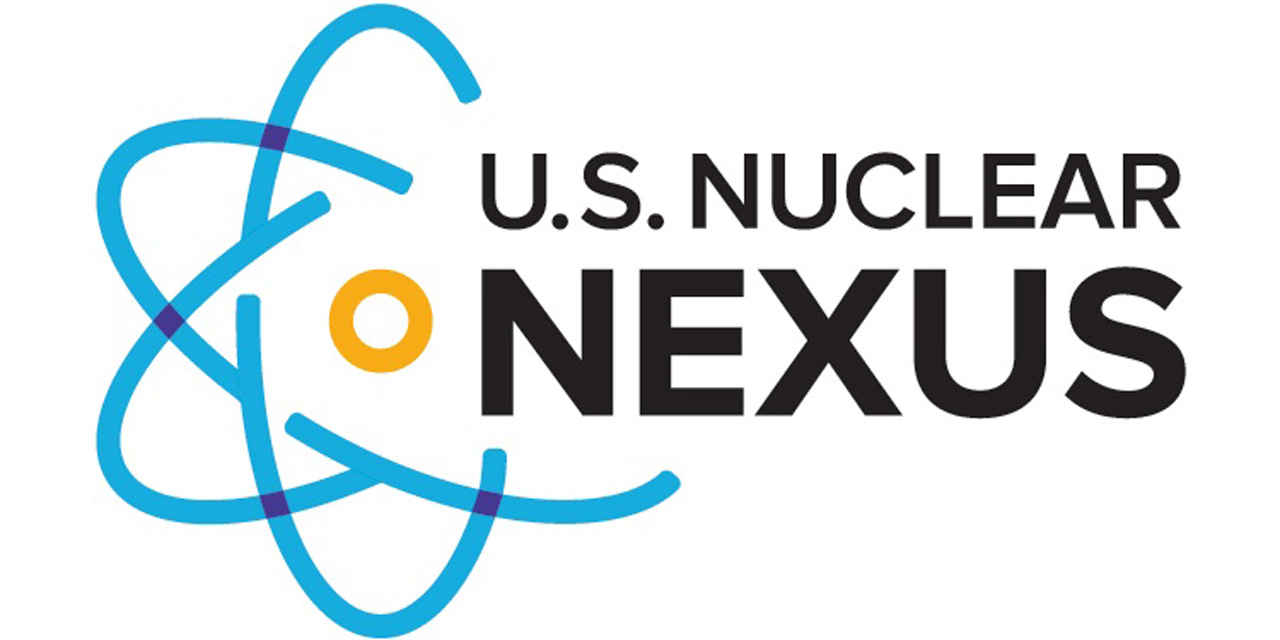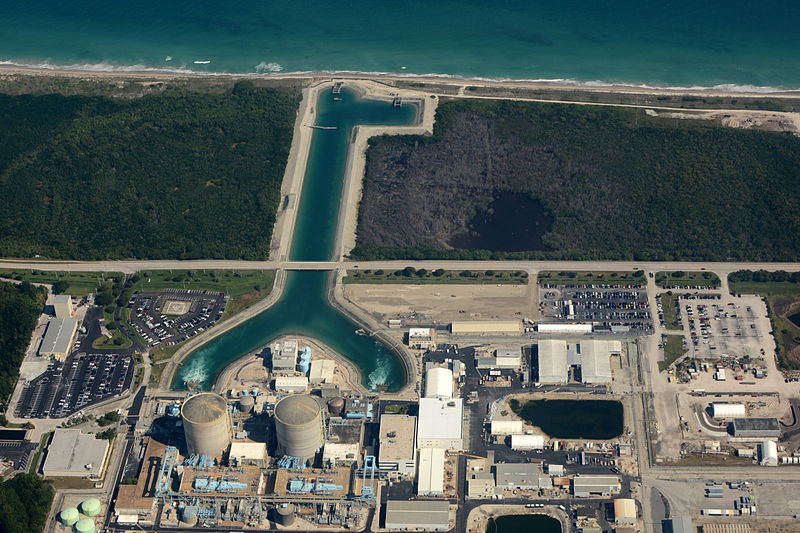NorthStar’s RadioGenix system produces the medical radioisope Mo-99 without the use of uranium. (Photo: NorthStar)
NorthStar Medical Technologies of Beloit, Wis., will receive $37 million under two cooperative agreements with the National Nuclear Security Administration for the production of molybdenum-99 without the use of high-enriched uranium. Considered a critical medical radioisotope, Mo-99 is used in more than 40,000 medical procedures in the United States each day, including the diagnosis of heart disease and cancer.
Engie Electrabel’s four-unit Doel nuclear plant, in East Flanders, Belgium. Units 1, 2, and 4 are to be closed in 2025; Unit 3 is to be shuttered in 2022. (Photo: Torsade de Pointes)
A pronuclear think tank in Belgium has written a letter to the country’s prime minister, Alexander De Croo, urging him to reevaluate the government’s plan to phase out nuclear power generation by 2025 and replace it with gas power.
Nine Mile Point (Photo: Constellation Energy)
Exelon Generation has received a grant from the Department of Energy to explore the potential benefits of on-site hydrogen production and has chosen its Nine Mile Point nuclear power plant as the demonstration site, the company announced on Wednesday. (In 2019, Exelon received a conditional commitment from the DOE to co-fund a hydrogen electrolyzer demonstration at a nuclear plant.) Located in Scriba, N.Y., Nine Mile Point consists of two boiling water reactors—the 620-MWe Unit 1 and the 1,287-MWe Unit 2.
A still image from a three-part video tour of NuScale’s facilities. (Photos: NuScale Power)
NuScale Power has signed a memorandum of understanding with Xcel Energy to explore the feasibility of the utility’s serving as a plant operator at NuScale plants, the Portland, Ore.-based small modular reactor developer announced earlier this week.
Xcel owns and, through subsidiary Northern States Power Company, operates Minnesota’s two nuclear plants, Monticello and Prairie Island. The Monticello facility houses one 671-MWe boiling water reactor, while Prairie Island has twin 550-MWe pressurized water reactors.
A color-enhanced photograph of the NIF target bay. (Photo: LLNL/Damien Jemison)
Lawrence Livermore National Laboratory is celebrating the yield from an experiment at the National Ignition Facility (NIF) of more than 1.3 megajoules of energy—eight times more than the yield from experiments conducted this spring and 25 times more than NIF’s 2018 record yield.
The magnet system of Wendelstein 7-X features 50 superconducting magnet coils. (Graphic: IPP)
The Max Planck Institute for Plasma Physics (IPP) was founded in Garching, Germany, in 1960, the same year that its Wendelstein 1a stellarator began operation. Wendelstein 7-X is now operating at IPP’s site in Greifswald, Germany, and one of the objectives the device was designed to achieve has recently been confirmed, IPP announced on August 12. Analysis by IPP scientists shows that the twisted magnetic coils of the device successfully control plasma energy losses, indicating that stellarator fusion devices could be suitable for power plants, according to a detailed analysis of experimental results published on August 11 in Nature.
St. Lucie nuclear power plant. (Photo: D Ramey Logan)
Florida Power and Light Company, a subsidiary of NextEra Energy, has filed a subsequent license renewal application with the Nuclear Regulatory Commission for the two-unit St. Lucie nuclear power plant, seeking a second 20-year renewal of the reactors’ operating licenses.
The right side of the cooling tower of MIT’s reactor has the new system installed, eliminating its plume of vapor, while the untreated left side continues to produce a steady vapor stream. (Image: MIT/courtesy of the researchers)
The white plumes of steam billowing from the cooling towers of nuclear power plants and other thermal power plants represent an opportunity to some—the opportunity to collect a valued resource, purified water, that is now lost to the atmosphere. A small company called Infinite Cooling is looking to commercialize a technology recently developed at the Massachusetts Institute of Technology by the Varanasi Research Group, whose work is described in an article written by David L. Chandler, of the MIT News Office, and published on August 3.



 The U.K. government last week announced the release of its
The U.K. government last week announced the release of its 






 The Canadian Nuclear Safety Commission and the U.S. Nuclear Regulatory Commission have completed the first collaborative project under a two-year-old memorandum of cooperation (MOC) aimed at enhancing technical reviews of advanced reactor and small modular reactor technologies, the CNSC announced earlier this week.
The Canadian Nuclear Safety Commission and the U.S. Nuclear Regulatory Commission have completed the first collaborative project under a two-year-old memorandum of cooperation (MOC) aimed at enhancing technical reviews of advanced reactor and small modular reactor technologies, the CNSC announced earlier this week.





